I met Michelle a few years ago. As an avid vintage shopper, I attend markets, dig through thrift store racks, and hunt for the best vintage pieces I can find. Along this journey, Allegra Vintij has become a staple. Michelle, who started Allegra Vintij in 2020, often sold at many of the markets I frequented. As her business grew, she even set up a rack at the thrift store around the corner from my apartment, which I stop by weekly. With our paths crossing so often, it was only a matter of time before we got to chatting.

Michelle at Allegra Vintij, courtesy of Kendall Flavin.
As she has grown her business and I've continued to support independent vintage sellers, we have bonded over our love for clothing from decades past. And somewhere along the way, we became, I daresay, friends. Michelle opened her brick-and-mortar shop on June 7th, and I, along with fellow vintage lovers and friends, attended the store opening. Drinks were sipped, speeches were made, and there was, of course, shopping.
The following week, I took the Q train to 86th Street to meet Michelle so I could pick her brain on all things vintage, opening a store, and everything that goes on behind the scenes. We settled onto two barstools in the corner of her go-to neighborhood spot, Bondurants, and with the hustle of a New York evening in the background, we discussed her journey to the here and now and what it took to open a shop in the highly coveted Upper East Side neighborhood.
Kendall: So, you just opened your brick-and-mortar store! How long did it take for you to get to this point, from the initial launch of Allegra Vintij to opening your doors?
Michelle: I started Allegra Vintij about four years ago after I lost my job during the pandemic and wanted to find a new direction. I was working in a social media job for a luxury women's essential clothing brand, but I was always very interested in vintage. With the background I have in marketing and brand management, I started with branding while we were all stuck at home. When things started opening up again, I started sourcing and did my first outdoor market at "the hot spot" in Brooklyn in Greenpoint (the corner of Bedford & Nassau). Then, the first paid market I ever did was Manhattan Vintage!
K: That's huge to go into for your first paid market.
M: It was just what was offered to me! I started in May, I did markets outside, and then the first larger, solely vintage market I found out about was Manhattan Vintage. I did the October show.
K: What year was that?
M: 2020. So that's how it started! I did pop-ups here and there, and then after starting Grand Bazaar, which I did every weekend, I started doing Hester Street fair and any markets I could get my hands on. Honestly, the markets were easier than selling online. I couldn't stand uploading products and dealing with the e-commerce side of things.
Then right around the time the Niche Shop opened, I realized I really wanted to open up a store. I started looking, but I wasn't financially ready at the time. My goal for myself for the last year and a half was to save and budget and profit so I could eventually open up a store. So from Allegra Vintij's initial launch to now, it's been about four years.
I'm happy I did it the way I did it. I think that there are a lot fewer hiccups now being open and already having 4 years under my belt rather than going straight into the store.

Kendall: So, now that you have your store, you opened it in 10 days.
M: OK, so that is a total misconception.
K: So tell me the real story!
M: The videos show ten days, but that's really the ten days that we put the store together. Prior to that, I knew what I wanted, and I knew what needed to go into it. We signed our lease on April 22nd. That week was Passover, and the management company observed Passover, which meant there were a lot of things we had to wait to do. I went away to Brimfield for an entire week, so by the time I got back, we only had three weeks to get everything together. I couldn't use weekends to get anything done because I was at markets every weekend. So, when you map it out, it was ten days of free weekdays that I had to put it all together. That was it!
Honestly, it was not just me. Alec [my fiance] was there almost every single day of those ten days. So, it was not a one-person job. If it was, it probably would have taken much longer. I set June 7th for myself as the official opening; no ifs, ands, or buts about it. That was our opening; We didn't have any more days to get it done. I had inventory, so as long as everything was set up, I didn't feel rushed. We got it all done very calmly, and everything went very smoothly.
K: Is there a meaning behind the name Allegra?
M: Allegra was actually my pledge name in college, which some people know, some people don't. I was in a very local sorority. People always think this is hysterical because it's not my persona at all. It was very down to earth, a bunch of awesome girls. We were in the music family, and Allegra is a very upbeat tone of music. I didn't want to name the shop after myself, so Allegra was close enough. And I wanted to make it known it was a vintage store but not directly vintage. Allegra is an Italian name, and vintage in Italian is 'vintij'. People think I'm creative by spelling it differently, but I'm not. It's spelled that way in Italian.
K: When did you realize your love for vintage, and did it take time to develop a separate love for the selling side?
M: I have two very distinct memories that I'd say solidified my love for vintage. First, in high school, there was a dollar store by my high school that had a rack of secondhand clothing. I don't know why, but it did. And it had all these 80s polyester tops. I would go in, and I'd buy a couple every time. Then, there was a Salvation Army in Astoria, which was the closest thrift shop I could get to at the time. This was back during a time 2010 or 2011 when people were not wearing used clothing. So anytime I bought from the Salvation Army or the dollar store, I would run into my house, throw it into a bag, and hide it on the floor of my closet before shutting the door. And, to this day, I don't think my mother knows that I used to do that. So that's the second distinct memory.
Then, when I went to college at SUNY Oneonta, there were multiple places. There was a Salvation Army, which was amazing - I still go up there from time to time. The bus from school would go down there - I went once a week, at least. There were also a couple of other stores in town that were thrift shops.
Then, during one of my first weeks of school, a woman approached me in the Salvation Army. She owned an online vintage store and asked me if I wanted to model. At this time, I wasn't even 18 yet, and of course, I said yes. I was not paid anything. I just worked for this woman for hours on the weekends. She would do my makeup and my hair and take photos of me, and I just thought it was the absolute coolest thing. She'd tease my hair and spray-paint it purple. She had an amazing walk-in closet. She's not in business anymore, but she was what every teenage girl wants to be. I'll never forget her.
But when I came home from college and went into a corporate job, I forgot about vintage for a while. I finally had money to my name, so I was buying myself real things. Thrifting faded into the background, and then when the pandemic hit and I lost my job, I re-realized my love for the hunt. And I haven't thought about anything else. I have not wanted to do anything else. At that point, I was struggling hard to figure out what I wanted to do, and I always said, "This too shall pass." I was at a lot of awful jobs, and I never saw an out. So I said, at some point, this will pass. It always finally did. And then I did this. I haven't looked back. Not once.
K: You touched on sourcing when you were younger - is there a method to the sourcing madness, and do you go into it with a goal, or do you just say I'll find what I find?
M: I usually have absolutely no goal, which is my favorite way to do it. I make a list sometimes, of things I really need. I'll go to certain stores if I really need denim or really need to fill out a specific category, especially now that I have the store. But mostly, I just go, whether it's a thrift store, a private buy, or an estate sale, and I just find what I find. If I need to do some sourcing online, I'll look for specific categories, but that, too, usually ends up being whatever I stumble upon. And that's the most fun thing about it. It's a treasure hunt.

K: So, piggybacking off of that, how did you get into the bridal? Tell us about this new bridal adventure.
M: I sort of fell into it, I think. I had a bunch of white dresses and didn't really know what to do with them. I didn't really think about it. And then I had done this buy in Staten Island. I found it on Facebook Marketplace, and it said "designer storage space" on the listing. I went and looked through maybe half a rack and just decided to buy it all. And within these two racks were wedding gowns, and a lot of them. So I put them to the side, and after I went through everything, all the stuff I really needed to get through, I finally looked at the wedding dresses. And I realized just how stunning they are. And I think that was the turning point for me. I thought to myself, "Wow, I really have a lot of wedding dresses. Maybe I should do something with this at some point." And then I left it for probably over a year.
K: So were you selling them at all?
M: No, they were just in my studio space untouched, not cleaned, anything. I realized I wanted to do a bridal collection before Manhattan Vintage in April, so I started looking at them, researching them, pricing them, and cleaning them. I priced them, and then I repriced them, and then I repriced them again because I was undervaluing what I had. Then, as I found things on my other racks and realized they could be bridal, I started to focus on creating this collection. It has grown tremendously, even in the last month. It's been such an adventure, and it's really fun having the racks physically in the store where people can see the dresses firsthand - it's rare to see so much vintage bridal displayed. It's not typically available in a store where you can touch it and try it on. It's usually by appointment only. I don't want to speak too soon, but the goal is that the bridal and the evening section of the store eventually become its own entity. It's a lot to manage in one store, and it could be a lot larger, but I just don't have the space. That's what we are looking towards.
K: What is the process for getting them ready to sell? Because it spans decades, do you have to do a lot of restoration or prep in order to get things on the rack?
M: It kind of depends. I do have 1920s and 1930s pieces, but I try to be selective with them because it is very, very difficult to have pieces like that on display. People don't understand how to handle them. I don't do as much restoration as I would like to, but the people buying these antique pieces understand the wear that comes with age. However, anything from the 40s, 50s, and on, I do restore and repair. I do a lot of cleaning myself, and I'll either repair things myself or bring them to the tailor, depending on the level of mending required. All the wedding and evening gets dry cleaned unless they need to be soaked in an Oxiclean bath, which I take care of. And then they get pressed. Cleaning is both a huge time commitment and a huge expense, which is something that most vintage stores don't typically deal with. However, it's worth the extra effort and cost to make the pieces easier to sell. The most frustrating part is when pieces get damaged while they are on the rack. But I guess that's par for the course. Incurred expenses, just like theft and anything like that. So these are all things along the way that you just sort of have to deal with.

K: Do you have a favorite piece you've ever sourced? And because you have so much vintage in the shop do you ever hold onto pieces for yourself? Or do you keep personal and professional closets separate?
M: I do not have a favorite piece in the store. There are so many pieces I get in that are so amazing. I have one '60s metallic crinkle cocktail dress right now that I love. I have a '50s silk knit duster that is insane. It's striped and beautiful. It would be like trying to pick a favorite child. But I am a size 10, so most of the things that I adore don't fit, which makes it very easy for me to let things go. However, I have occasionally had pieces tailored to me. I have a beautiful '50s circle skirt that I adore and have had for a while, so I finally decided to get it sized for me. It's so good, and nobody has taken it, so it's mine now. But I'm pretty good at not taking everything.
K: In that vein, since you wear a lot of vintage, do you have a favorite place to shop for yourself? Is it the same as the Salvation Army from high school?
M: My friend's shops normally. Because I'm at markets so often that I'm out and about with other vendors, which makes it easy to find great pieces. I always buy from my friend Randy, who runs Randy's Relics. Another favorite is Liz's shop, Elodie Studios. And I'd love to make it to Stella Dallas. I've never been to Stella Dallas, which is so ridiculous. Opient Clothing also has a great, affordable selection.
K: So it's a lot of people that you know through the vintage world and are sellers like yourself.
M: Mostly, yes. I am always keeping an eye open on the sourcing side that I'm usually not even looking for myself at this point, which definitely helps my wallet. So most of the time I'm not even shopping for myself. I have to make a list of things I'm personally looking for or else I'll forget.

K: What's the most surprising thing you've learned running the shop? What's the biggest challenge, and what's your favorite part?
M: I've recently been talking to a few friends about my current issue. Before opening the store, I was able to have breaks between markets and have days off where I didn't have to talk to anyone. Now, with the store opening, I've been experiencing what I am calling 'personality burnout' where I don't want to talk to anybody. I used to get an entire week off where I could be a hermit and turn off.
K: Well, the new girls you hired should be able to help with that!
M: Yes. I was very overzealous, and I said I was going to work every day because I needed to learn the ins and outs of running the store, but I'm starting to see how unrealistic that is. I just don't want to be on all the time. Because I am the owner of the store, I feel that the customers need to have the best experience with me. So if you walk into my store and I'm not personable, that's a problem. But I'm already having burnout! This is minimal in the grand scheme of running a store, but it's not something I thought about beforehand. My face hurts, I'm tired of talking, and I want to be mute for about five days. I also haven't worked in a corporate environment for a long time, so I became accustomed to making my own schedule for the last four years. That is a little bit of a change for me. Eventually, I'd like to work at least three days a week, so we will see how it all works out.
K: If you're in the shop all the time, when are you doing the sourcing?
M: I'm trying to figure out where to fit that in. This morning, I went to a dear friend of mine in New Jersey to do some sourcing. On Monday, I am driving to Philadelphia to do more men's sourcing, which we are starting to expand into. But for the month of June it's going to be a lot of virtual appointments. If I need to take a few days off here and there to do some sourcing, I'll do it, but for now, I am trying to lay off the sourcing for the month. I could really spend a ton more money right now and still not fill the store. Right now, I'm flying by the seat of my pants, and we will see what the markets look like coming up. Very slim racks, most likely.

K: What would you tell yourself at the beginning of your journey if you knew what you know now?
M: Make sure you check your expenses and have someone be your bookkeeper.
K: You've been doing it yourself the whole time?
M: Every Monday, I do my expenses and my sales. It's been manageable until now, but it's reached a point beyond my abilities. I just called my accountant today. I have a call with the bookkeeper next week. It is an expense, but if I don't do this then I won't have weekly expenses to look at. You don't think about these things but it's just as important as the fun side of the job. It's good to do it yourself, and I like to know exactly what my numbers are, but at this point, I won't be able to keep up with it. It takes time, all of it. And if I'm doing that then who's going to source?
And with that logical and not so glamorous bit of advice, we wrapped up the interview portion of the evening. Michelle turned to me and said, "I've been dying to say this the entire time. That man at the end of the bar looks exactly like Ralph Lauren." We both stared, for a bit longer than was probably socially acceptable, laughed, and turned back to our drinks.

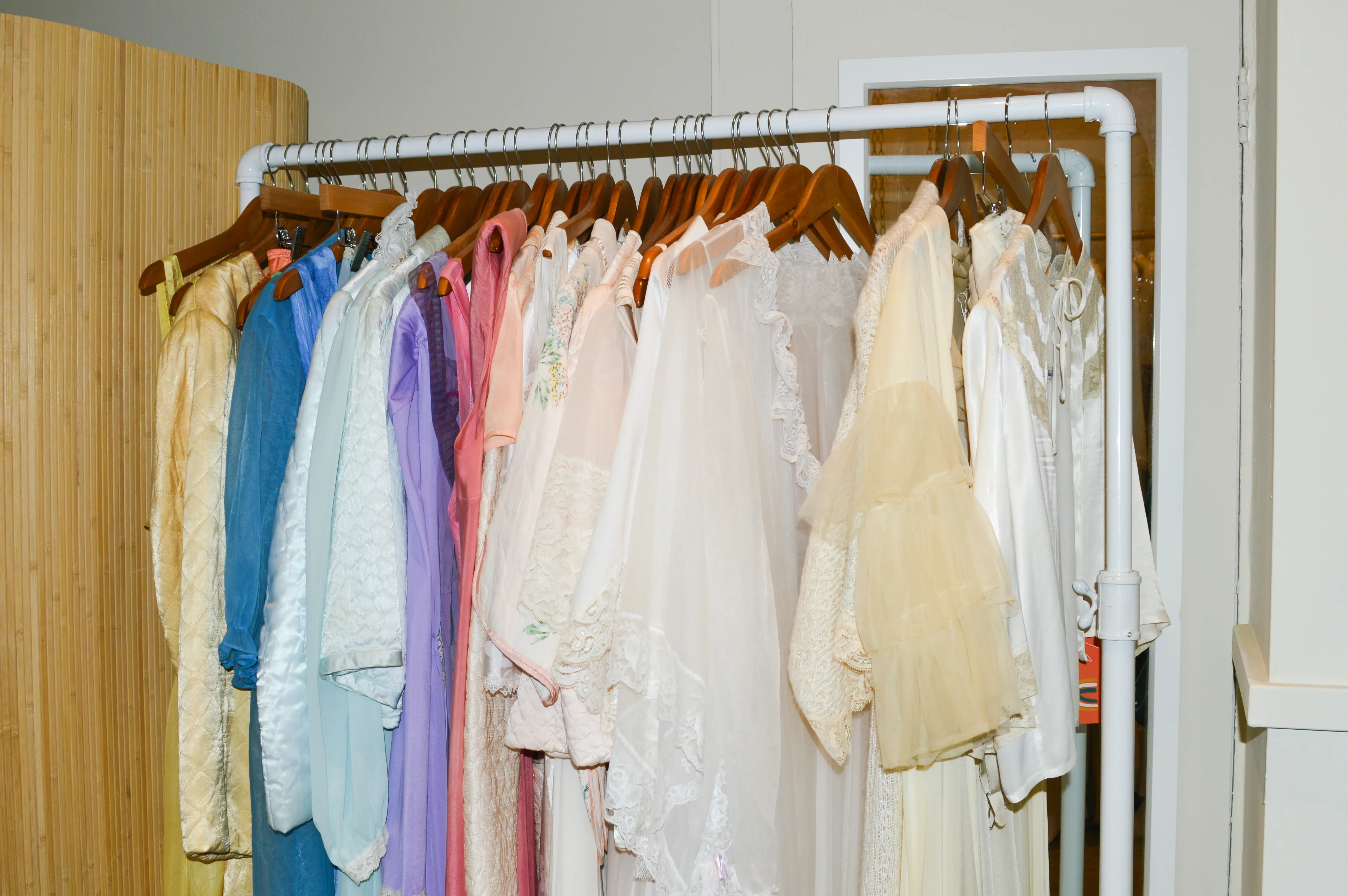
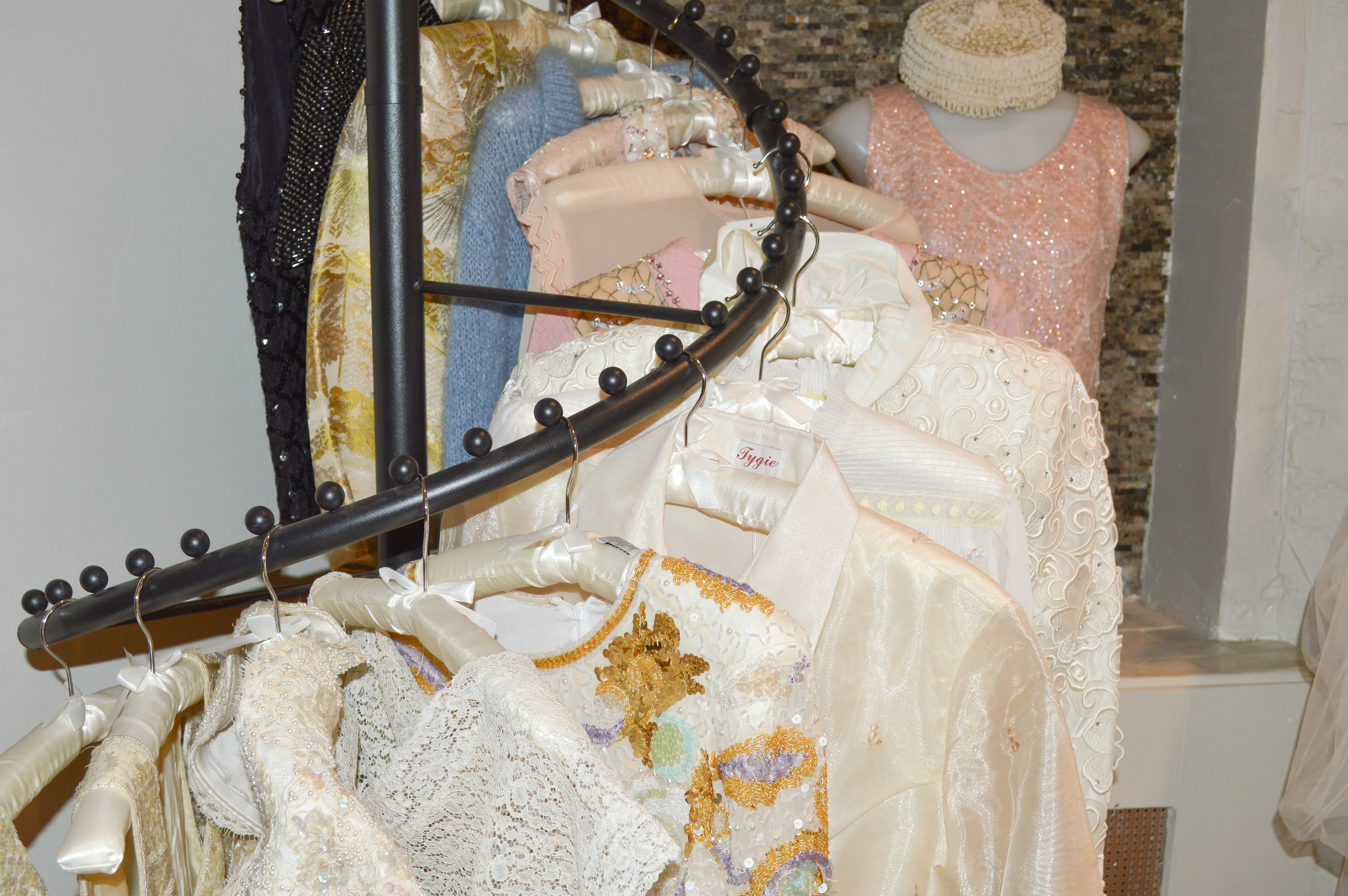
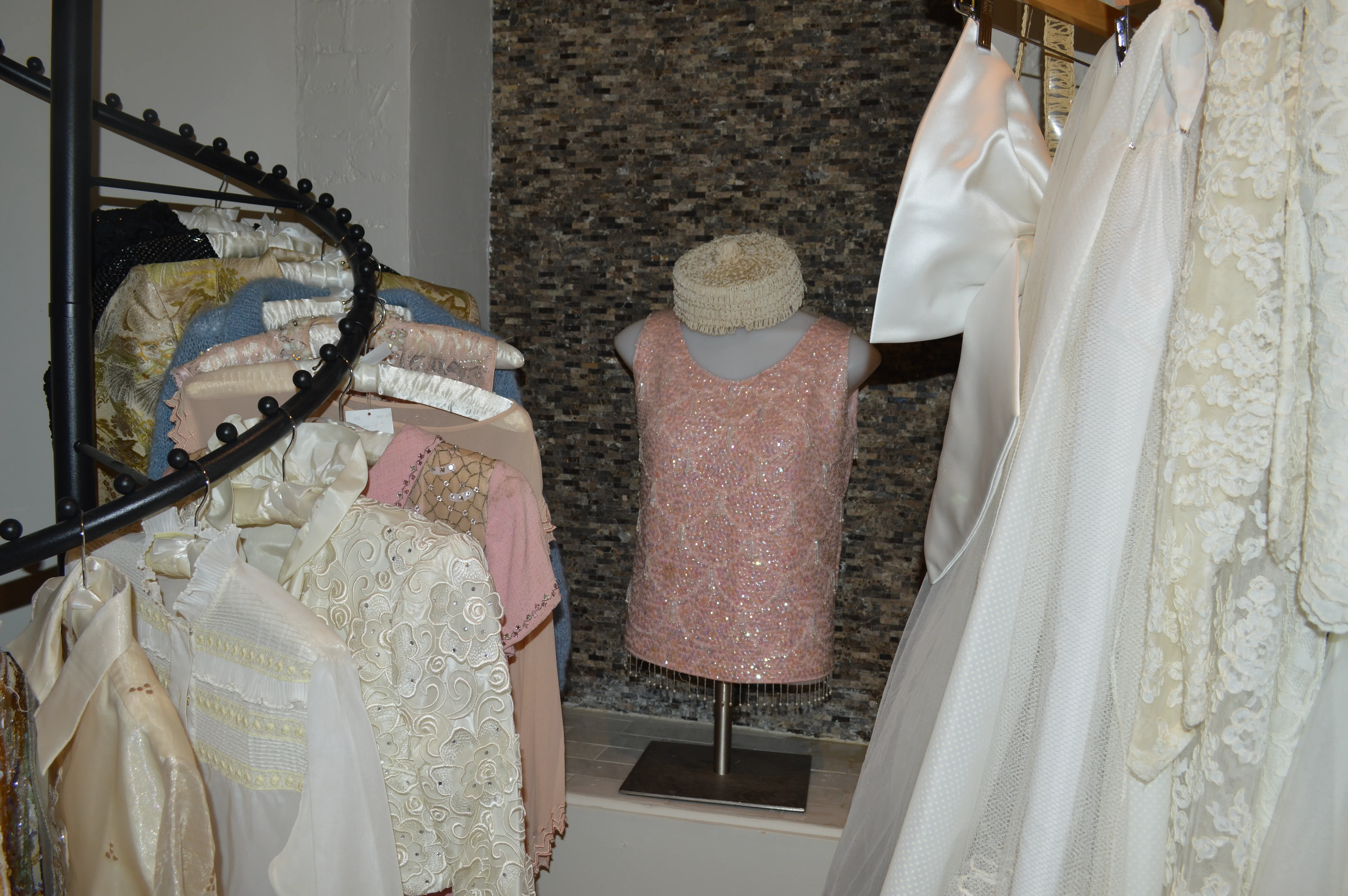
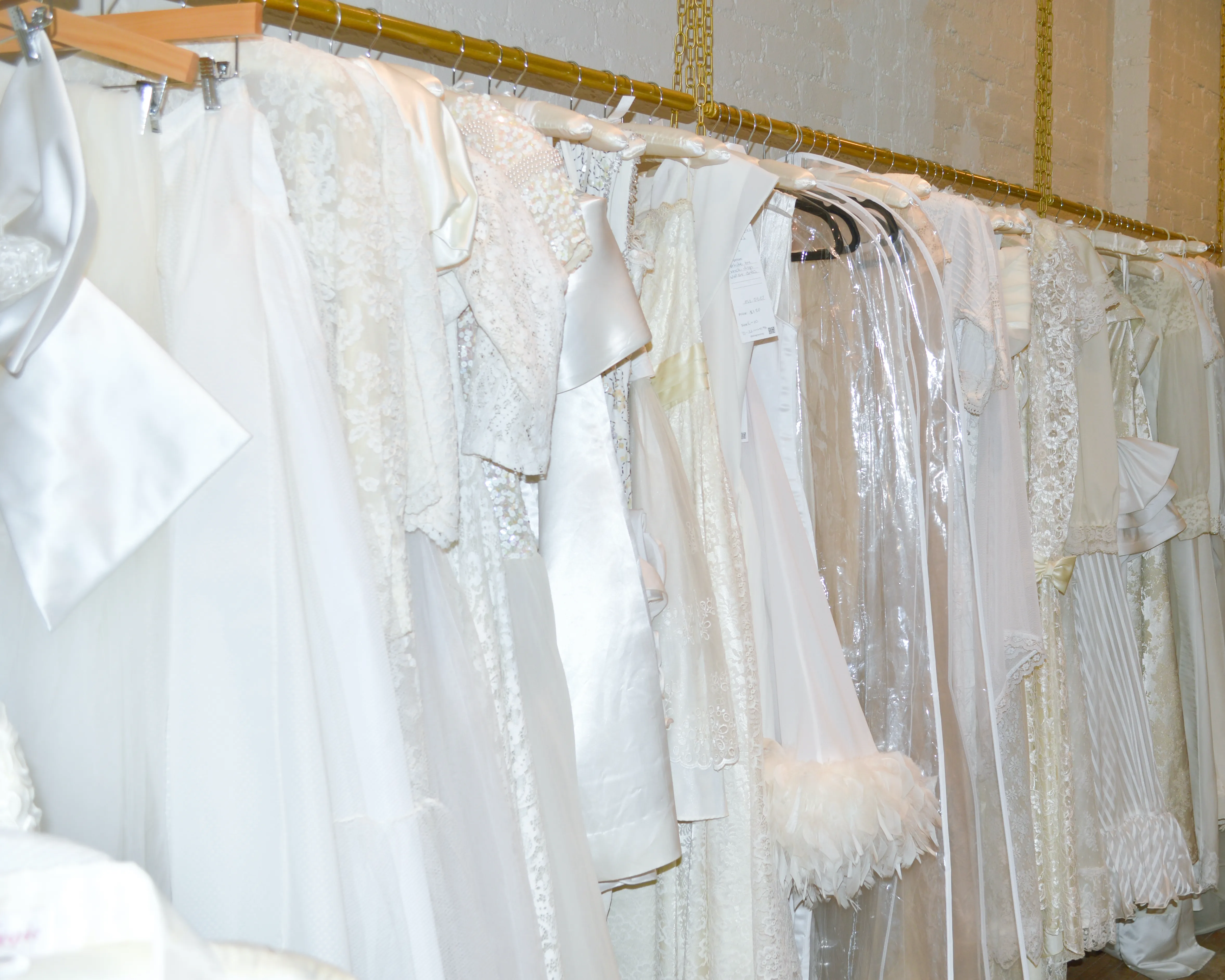
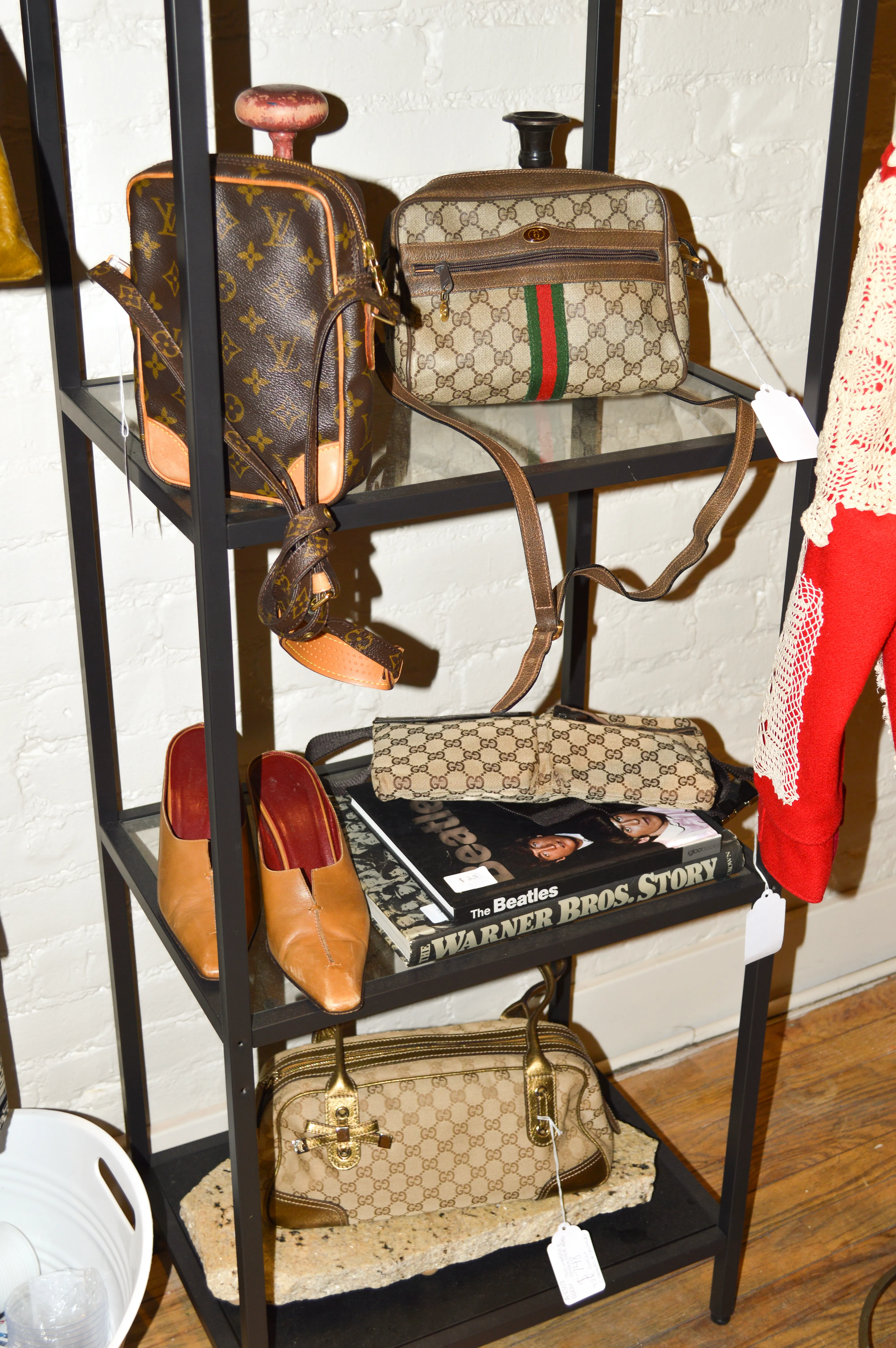
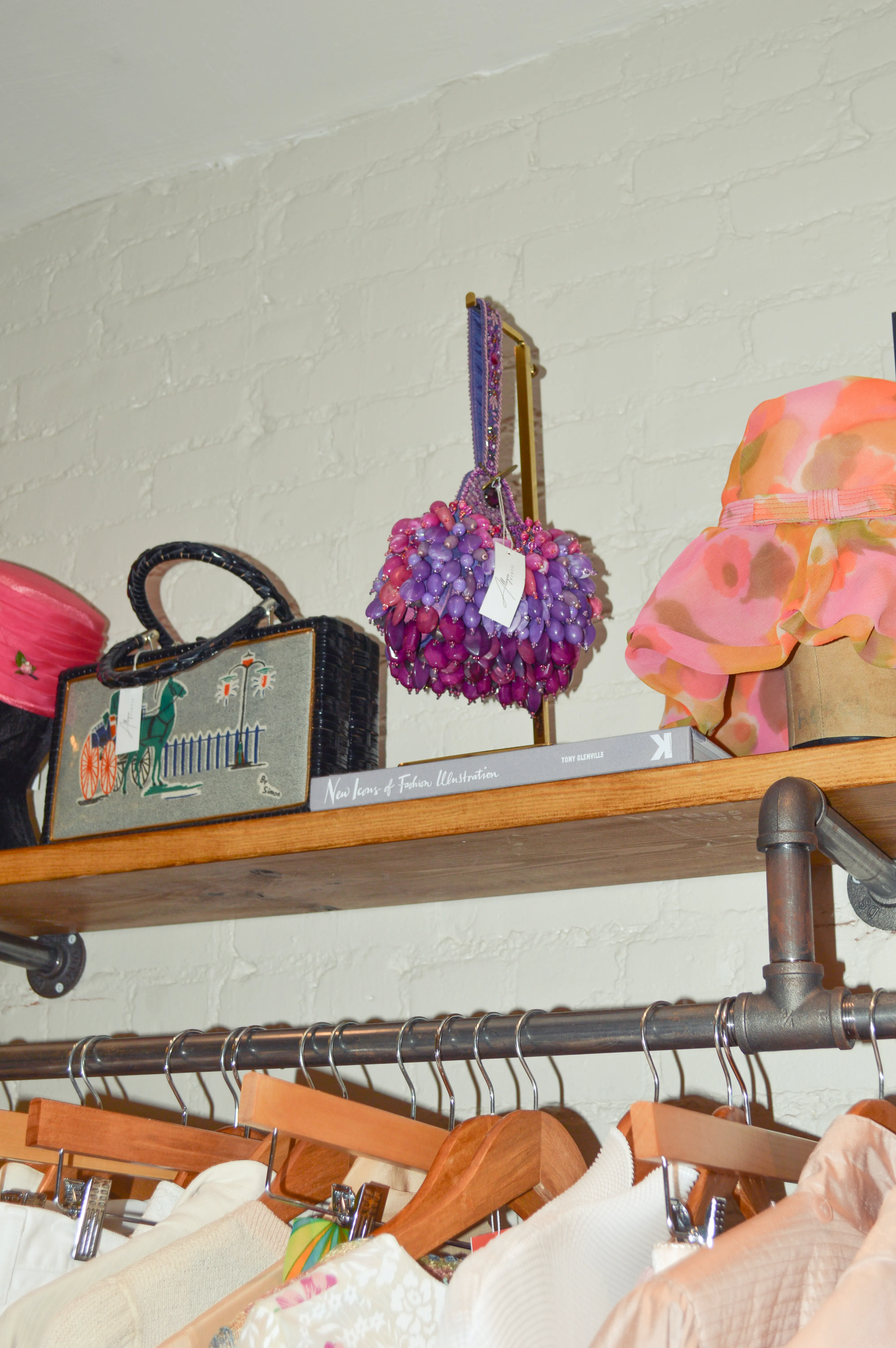
Comentários